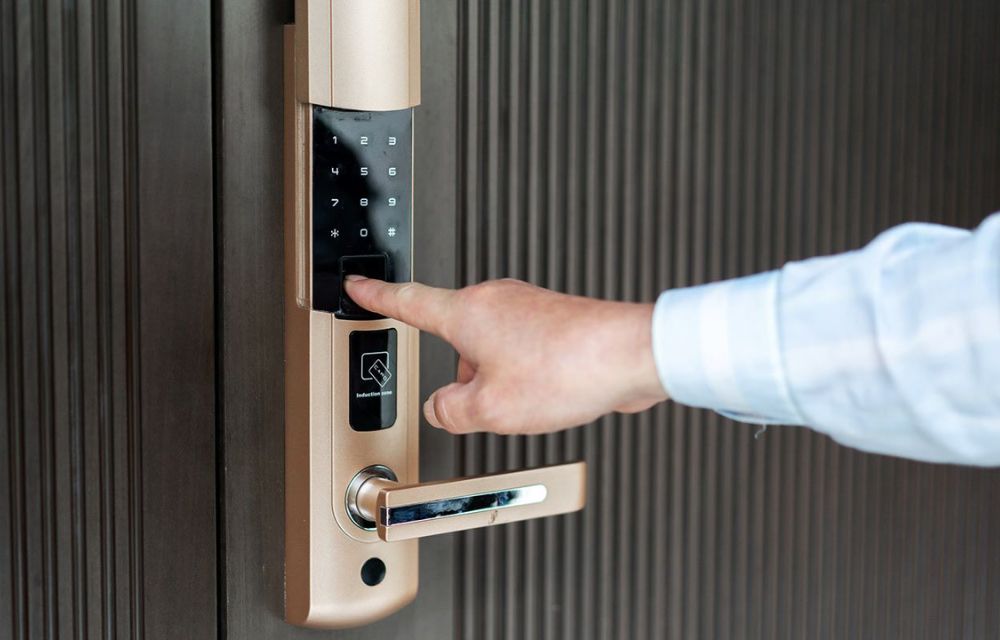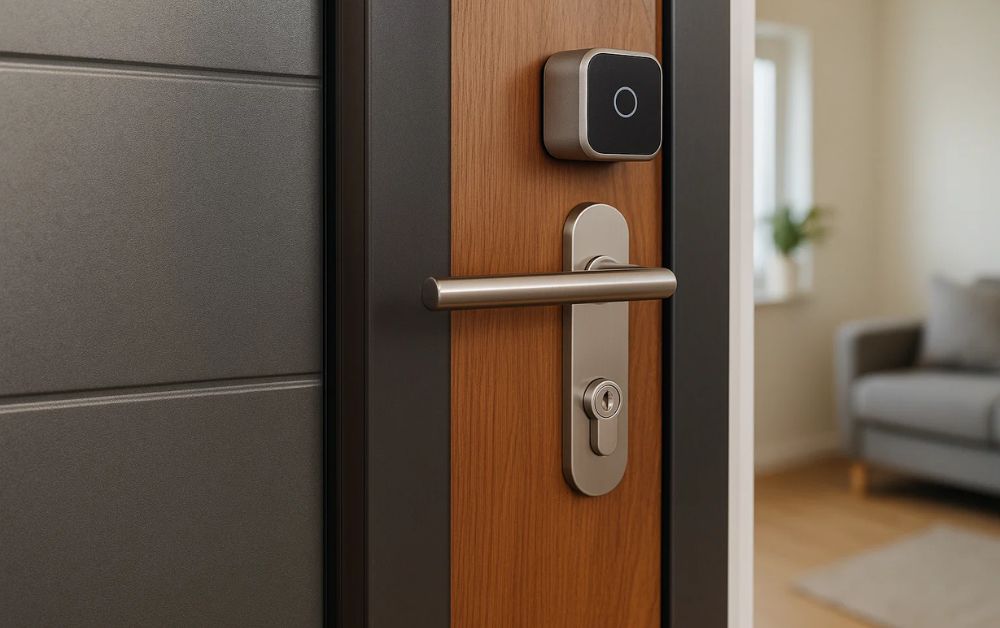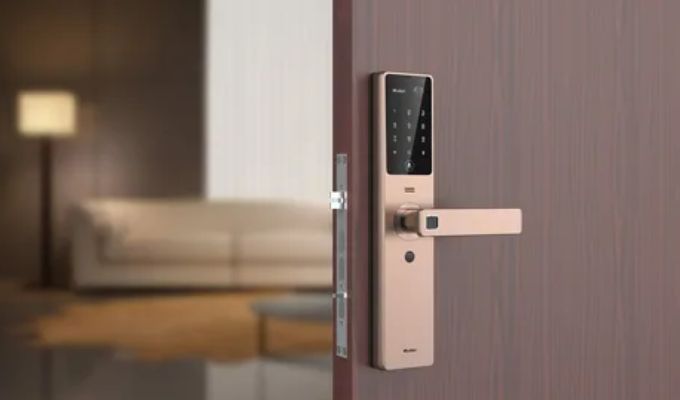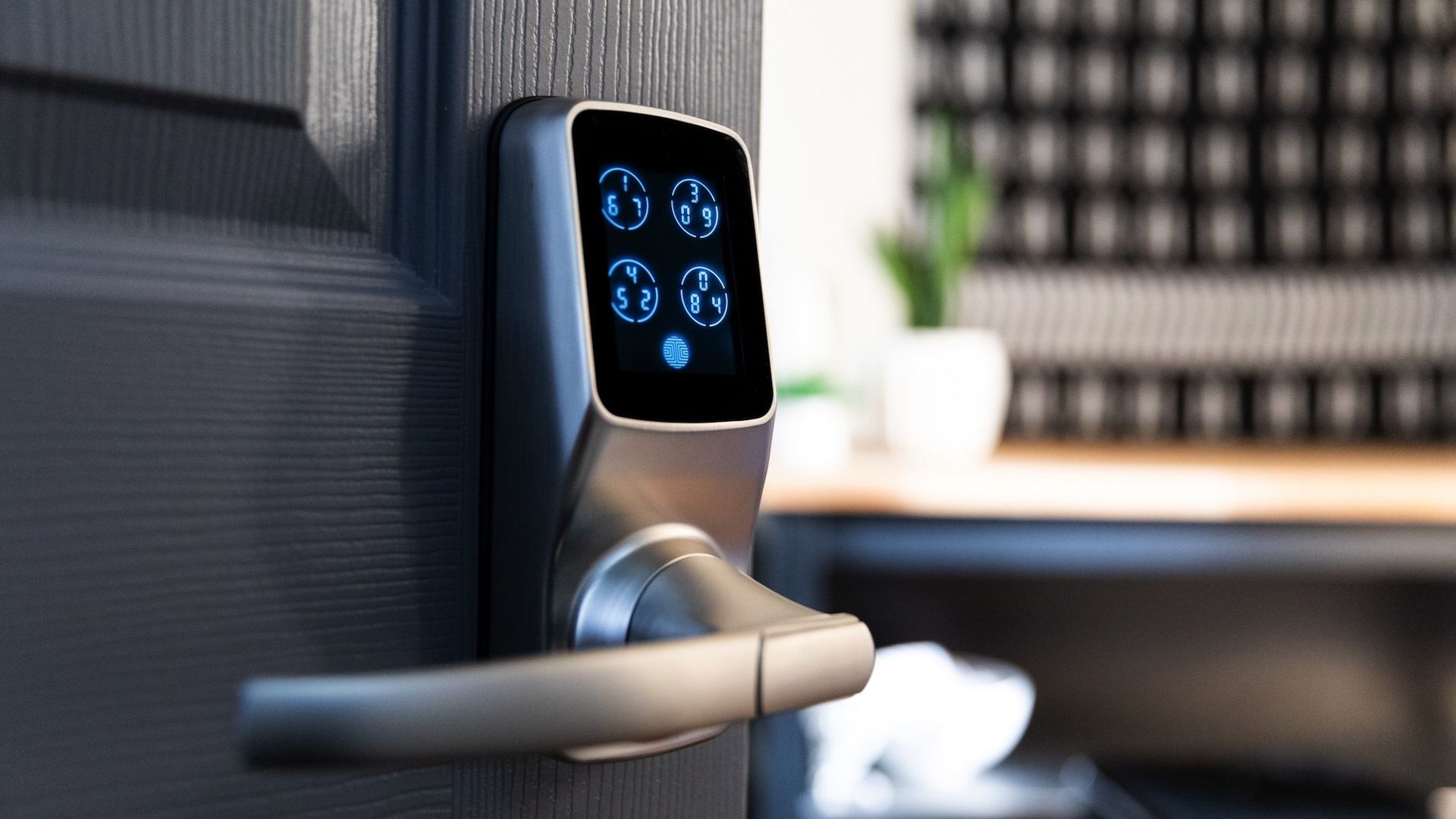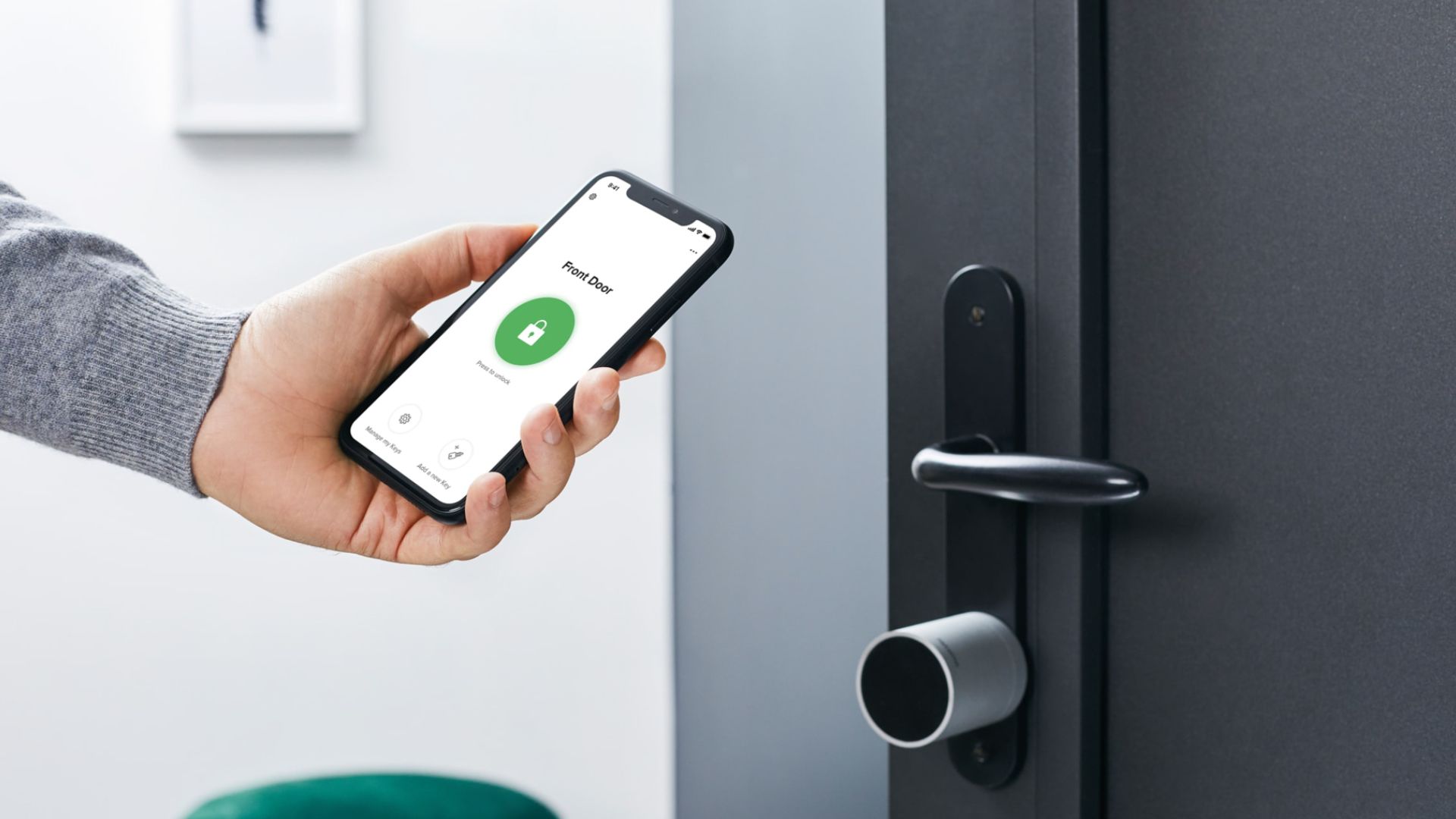As technology evolves, so does the way we secure our homes and businesses. Among the many innovations in modern security, door locks with fingerprint access have become increasingly popular for their convenience and advanced features. But with growing concerns around digital threats, one critical question arises — how secure are fingerprint door locks against hacking?
In this blog, we’ll explore how these locks function, assess their security features, and discuss the potential vulnerabilities and protection methods in place.

-
Understanding Fingerprint Door Locks
Fingerprint door locks, also known as biometric locks, use your unique fingerprint to grant access. These systems scan and store biometric data, which is then matched against the data of anyone attempting to gain entry. If there’s a match, the lock opens — simple, fast, and contactless.
Dissimilar traditional locks, which can be picked or copied, fingerprint door locks eliminate the need for physical keys, making them inherently more secure in some aspects. However, since they rely on technology, they are not entirely immune to cyber threats.
-
Are Fingerprint Door Locks Really Hack-Proof?
The short answer is no security system is 100% hack-proof — but fingerprint door locks technology are designed with multiple layers of protection that make them highly resistant to tampering and intrusion.
Let’s break down the security aspects:
-
Advanced Encryption Technology
- Secure Data Storage: Fingerprint data is usually stored locally on the device in encrypted form. Most modern systems use AES (Advanced Encryption Standard), which is extremely difficult to break.
- Non-reversible Templates: Instead of storing an actual image of the fingerprint, the system stores an encrypted biometric template that cannot be reverse-engineered to recreate the original fingerprint.
-
Spoofing Protection
One common concern is whether someone can “trick” the fingerprint scanner using a fake finger or replicated print.
- Liveness Detection: Many fingerprint locks are equipped with sensors that detect body heat, pulse, or sweat to confirm that the fingerprint is from a live person.
- 3D Sensing Technology: Advanced models use 3D imaging to read the depth and ridges of a fingerprint, making it much harder to spoof using photos or silicone molds.
-
Tamper Alerts and Lockouts
- Tamper Detection: Fingerprint door locks often come with anti-tamper alarms that sound if the lock is forced or dismantled.
- Brute-force Protection: If multiple failed attempts are detected, the system temporarily disables the scanner or alerts the user via a connected app.
-
Smart Connectivity with Firewalls
Many biometric door locks now integrate with smart home systems via Wi-Fi or Bluetooth.
- Firewalls and Encrypted Communication: Secure connections between the lock and app are protected by SSL encryption and internal firewalls to prevent man-in-the-middle attacks.
- Two-Factor Authentication (2FA): Some smart locks require dual authentication, such as a fingerprint and a passcode, to provide additional layers of security.
-
Firmware Updates and Manufacturer Reputation
- Regular Updates: Well-known manufacturers regularly update firmware to patch any known vulnerabilities and enhance security protocols.
- Trusted Brands Matter: Choosing a reputable brand ensures that the lock is built with quality components and proven software protection.
-
Potential Vulnerabilities to Be Aware Of
While fingerprint door locks technology are highly secure, certain risks still exist:
- Physical Damage: Like any device, physical tampering can potentially disable the lock, especially if it’s poorly constructed.
- Outdated Firmware: Failing to update the lock’s firmware can leave it vulnerable to known exploits.
- Weak App Security: If the lock is connected to a mobile app with weak password policies, hackers may attempt to gain access through the app instead of the hardware.
-
Best Practices to Enhance Security
To confirm the highest level of security, consider these tips:
- Choose models with multi-layer encryption and liveness detection.
- Opt for locks from trusted, certified manufacturers.
- Regularly update the firmware and mobile app.
- Use strong passwords & enable two-factor authentication where available.
- Install the lock correctly and check for tamper-proof features.
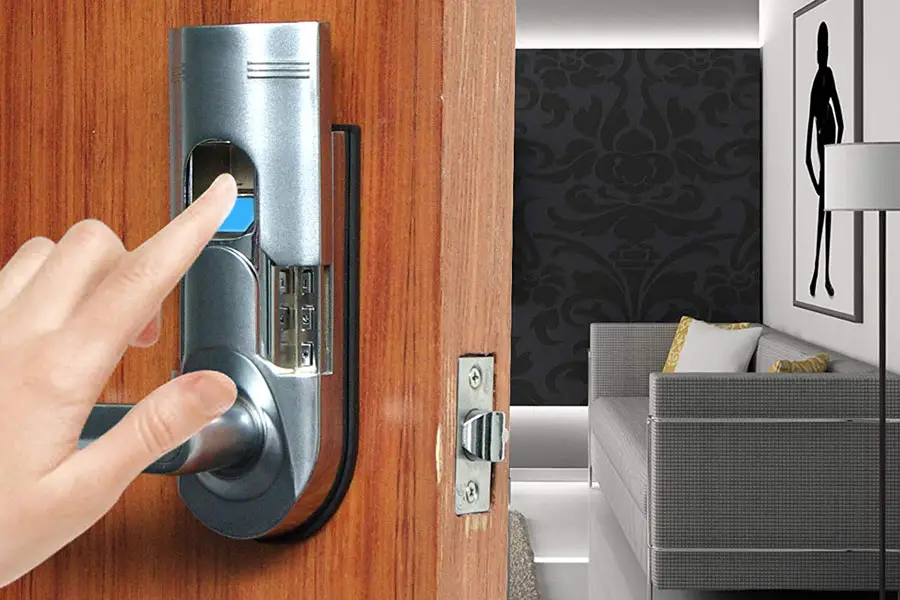
In Conclusion
Door locks with fingerprint access offer a robust combination of convenience and security, making them a smart upgrade for modern homes and offices. While no system is entirely immune to hacking, the advanced security features in biometric locks significantly reduce the risk of unauthorized access.
Prolux International LLC offers high-quality biometric door locking solutions that are engineered with top-grade encryption, spoofing protection, and smart integration—ensuring safety without compromising convenience.


